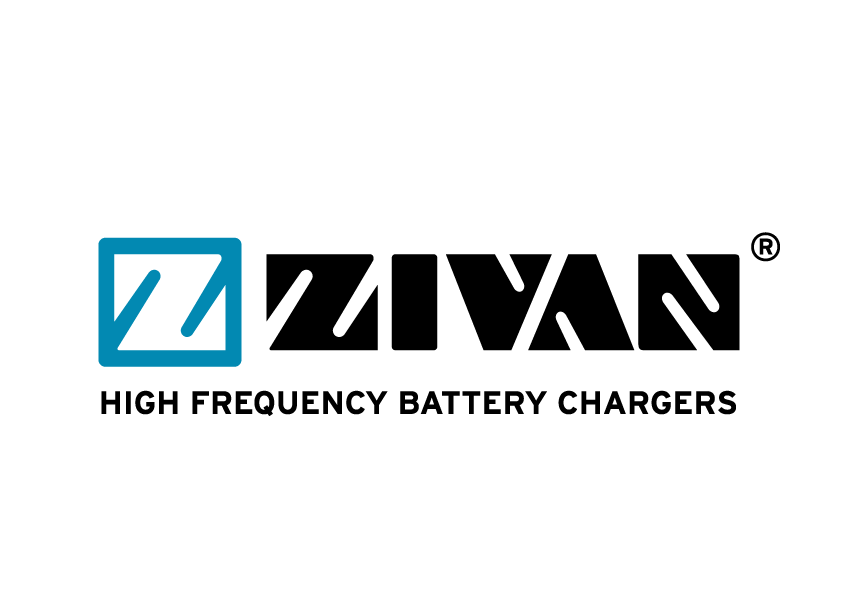What are the biggest hurdles to adopting an electrified fleet?
High costs and stiff competition from traditional internal combustion engine (ICE) equipment stand out, according to findings from a 2022 study.1
This information is hardly surprising. Especially in sectors involving off-road machinery, original equipment manufacturers (OEMs) often struggle to justify the investment, not just in terms of financial outlay, but also in overcoming logistical hurdles such as establishing adequate charging infrastructure. Despite the growing push towards sustainability, the path of least resistance often remains—unchanged and unchallenged.
This status quo, however, is quickly changing.
Today, advancements in battery and charger technology are redefining electrification. What was once seen as a purely environmental move just five years ago now presents a compelling cost-saving strategy. Read on to explore the potential impacts of electrifying your fleet, uncovering the broader benefits it could bring.

Breaking the ICE: The Battery’s Rise to Power
Traditionally, internal combustion has been the primary power source for off-road machinery due to its straightforward nature—fuel up and work. However, battery-powered alternatives are challenging this ICE dominance.
Lithium-ion batteries, in particular, have emerged as a game-changer, offering power densities capable of addressing challenges common to off-road machinery, such as:
- Higher peak and continuous power requirements
- Longer operating hours and duty cycles
- Physical and engineering constraints regarding battery weight and size
Furthermore, the gradual improvement in the cost-performance ratio of li-ion has made these batteries an increasingly attractive option for OEMs looking to optimize their bottom line. Lithium-ion batteries hit record lows in 2023 of $139/kWh, down from $780/kWh just 10 years ago.2
1 MDPI. Off-Road Construction and Agricultural Equipment Electrification: Review, Challenges, and Opportunities. https://par.nsf.gov/servlets/purl/10426994
2 Bloomberg. BloombergNEF’s annual battery price survey finds a 14% drop from 2022 to 2023. https://about.bnef.com/blog/lithium-ion-battery-pack-prices-hit-record-low-of-139-kwh/
Benefits of Electrified Off-Road Fleets
One of the most compelling reasons to switch to electric batteries is the potential for cost savings. While the upfront cost of electric equipment may be higher than that of ICE-powered machines, the long-term operational costs are significantly lower—in some cases slashing operating costs by 60%, according to McKinsey.3
This substantial decrease can be attributed to at least two key factors:
- Fuel cost variability – ICE-powered equipment relies on costly fossil fuels, which are notoriously volatile in price due to geopolitical events and market dynamics, such as those recently exacerbated by conflicts like the war in Ukraine. This volatility introduces a significant and often unpredictable financial burden.
- Maintenance demands – The complex mechanical components of ICE engines require regular maintenance, such as oil changes, spark plug and filter replacements, and engine overhauls. These maintenance costs add up over time, eating into a company's profits. And each maintenance session adds an increased risk (however slight) of potentially costly accidents or mistakes.
Conversely, electric machinery operates on electricity, which is typically cheaper and has a more stable price than oil. Electric systems boast fewer moving parts, resulting in lower maintenance needs and reduced risks associated with mechanical failures. These factors contribute to:
- Less operational downtime
- Decreased maintenance costs
- Significantly lower total ownership costs
These benefits only accumulate over the long lifespan of off-road machinery.
Another benefit of electric batteries is their improved runtime. Advances in battery and charging technology have led to longer-lasting and more efficient systems that can power equipment for extended periods with reduced downtime. These advancements power increased productivity, enabling OEMs to complete projects more efficiently.
3 McKinsey. Harnessing momentum for electrification in heavy machinery and equipment. https://www.mckinsey.com/industries/automotive-and-assembly/our-insights/harnessing-momentum-for-electrification-in-heavy-machinery-and-equipment
Sustainable Advantages of Greener Machinery
Beyond the economic efficiencies, electric equipment also offers tangible environmental advantages. This transition is particularly important in reducing the environmental footprint of industrial operations, with benefits including:
- Reduced emissions – ICE-powered machines are major contributors to greenhouse gas emissions and air pollution, which have become central issues in environmental regulation. In contrast, electric batteries produce zero emissions at the point of use, making them a cleaner and more sustainable alternative.
- Better work environments – The detrimental health impacts associated with diesel engine pollution are well-recognized. However, the transition to electric drivetrains in off-road machinery offers additional workplace benefits, including significantly reduced vibrations and lower noise levels. These improvements enhance the health and safety of operators during extended use, and also benefit nearby communities in active worksites like construction areas.
This shift towards electric machinery not only supports ecological resilience but also promotes a healthier workplace, contributing to a sustainable future for both the environment and the workforce.
The Bottom Line of Sustainable Savings
As the cost-performance ratio of battery and charger technology continues to improve, the economic case for electrification becomes even stronger. Businesses that adopt electric equipment early on can gain a competitive edge by reducing their operating costs, improving their sustainability credentials, and enhancing the health and safety of their workforce.
The transition to electric batteries in the heavy machinery and equipment sector presents a win-win scenario for both the environment and business. By embracing this shift, companies can contribute to a greener future while also realizing tangible cost savings and operational benefits.
As technology continues to advance and become more accessible, it is clear that the future of non-road mobile machinery lies in electrification. OEMs who recognize and seize this opportunity will be well-positioned to thrive in the sustainable economy of tomorrow.
Sources:
- MDPI. Off-Road Construction and Agricultural Equipment Electrification: Review, Challenges, and Opportunities. https://par.nsf.gov/servlets/purl/10426994
- Bloomberg. BloombergNEF’s annual battery price survey finds a 14% drop from 2022 to 2023. https://about.bnef.com/blog/lithium-ion-battery-pack-prices-hit-record-low-of-139-kwh/
- McKinsey. Harnessing momentum for electrification in heavy machinery and equipment. https://www.mckinsey.com/industries/automotive-and-assembly/our-insights/harnessing-momentum-for-electrification-in-heavy-machinery-and-equipment
Media Contact
Violetta Fulchiati | Marketing & Communication Specialist
Phone: +39 0522 960593
E-mail: marketing@zivan.it


